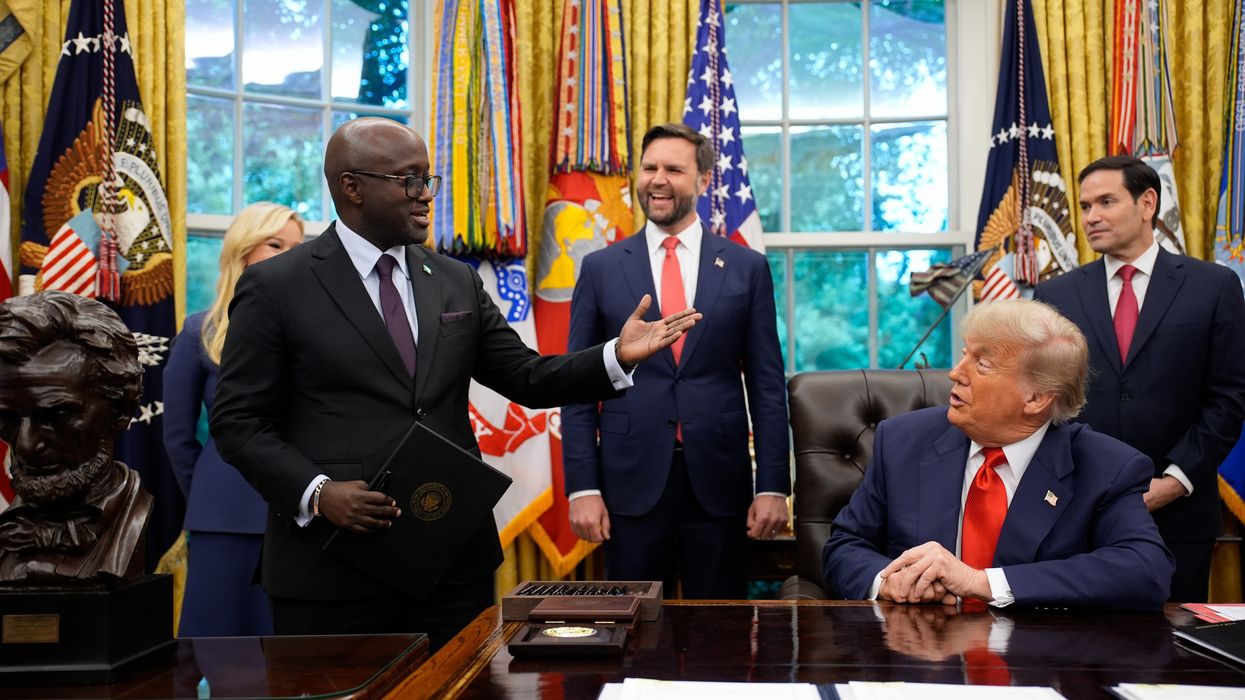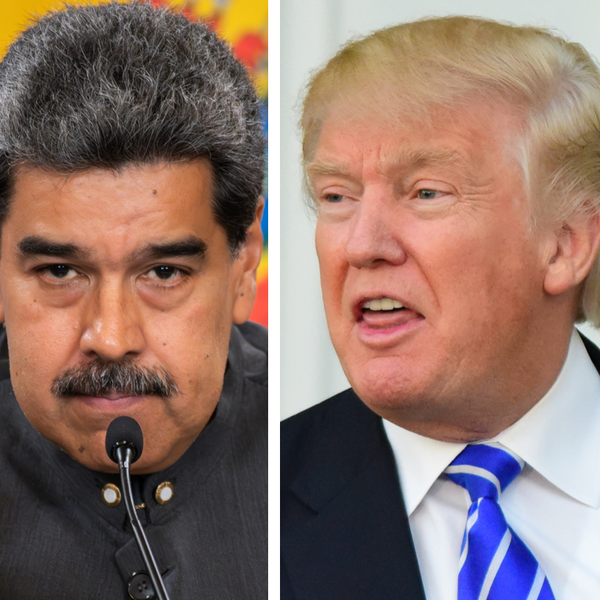Last week, top U.N. officials warned the Security Council that Yemen is facing an unprecedented humanitarian crisis on multiple fronts and that aid operations are on the “verge of collapse.”
Not only has the conflict escalated, but the coronavirus is spreading unabated, causing exceptionally high levels of fatalities. Widespread famine looms as outside sources of income are squeezed. Yet in the midst of these life-threatening challenges, the Trump administration is refusing to release $73 million in congressionally-approved USAID humanitarian assistance to northern Yemen, suspended in response to aid obstruction by Houthi forces controlling the area. In light of these dire conditions, such a suspension is morally unsustainable and will only intensify the human suffering.
Since March 2015, Yemen has been facing the world’s worst humanitarian crisis, with 24 million Yemenis in need of humanitarian assistance, 15 million facing severe food insecurity, and more than 3.6 million displaced due to the ongoing conflict. An ongoing air, land, and sea blockade as well as frequent airstrikes by the U.S. backed Saudi-led coalition have greatly impeded the flow of humanitarian assistance and helped destroy half of the country’s healthcare facilities. UNICEF warns that if nothing changes, 2.4 million children will face acute malnutrition by the end of 2020.
The COVID-19 pandemic is particularly devastating in Yemen because 80 percent of Yemenis are believed to be immunocompromised as a result of lack of access to sufficient food, clean water, and basic healthcare. A direct consequence of this is that Yemen has a 27 percent COVID-19 mortality rate, the highest in the world.
Making matters worse, pandemic containment efforts around the world have resulted in a global recession that is directly impacting Yemenis’ already strained purchasing power. Remittances are a significant source of revenues for Yemen, with estimates as high as $10 billion annually. As Yemeni expatriates in neighboring Gulf countries take wage cuts, or worse yet, lose their sources of income altogether, their relatives in Yemen are forced to make do with even less. Food has been put even further out of reach as prices rise and incomes fall.
The administration’s decision to suspend aid to Yemen also comes as international humanitarian operations run low on funding. In June, the U.N. convened a virtual donor conference to raise funding for urgently needed relief efforts in Yemen, but fell more than $1 billion short of the amount needed to continue aid operations through the year.
As Dr. Aisha Jumaan, chair of Yemen Relief and Reconstruction Foundation, explained, “This is the time to come together and save the Yemeni people from yet another outbreak. Without international aid, COVID-19 will kill many people. We know that famine and other disease have compromised the immunity of the populations there and the war has destroyed their health system.”
The administration cites Houthi harassment of relief workers and diversion of humanitarian aid as justification for the aid suspension. While such activity does make it difficult for NGOs to distribute assistance in accordance with humanitarian principles, a blanket suspension of aid to northern Yemen is an overreaction that will adversely impact 80 percent of those who live in Houthi-held territory. Other international donors have worked diplomatically through the U.N. to successfully address obstruction issues without resorting to unilateral suspensions. The pain of this suspension is being felt by innocent civilians, and not by Houthi officials.
The U.S. House of Representatives has repeatedly demonstrated its concern about the situation in Yemen, most recently by passing measures to ban the sale of U.S. weapons to Saudi Arabia and the UAE, prohibit logistical support for Saudi and Emirati coalition airstrikes against the Houthis, and require a report on U.S. complicity in the coalition’s ongoing commercial and humanitarian blockade. Moreover, Congress passed a bipartisan resolution last year that would have ended U.S. participation in the Saudi-led war on Yemen, but Trump vetoed it.
As early as March, key congressional leaders warned USAID and the State Department about the potential consequences of aid suspension, and in July, more than 110 civil society organizations signed a letter to Congress calling for the resumption of humanitarian aid. Now, with aid operations on the verge of collapse, the administration must act. With the simple stroke of a pen, Secretary of State Mike Pompeo can help stop a preventable famine and ease the suffering millions of innocent civilians.
















